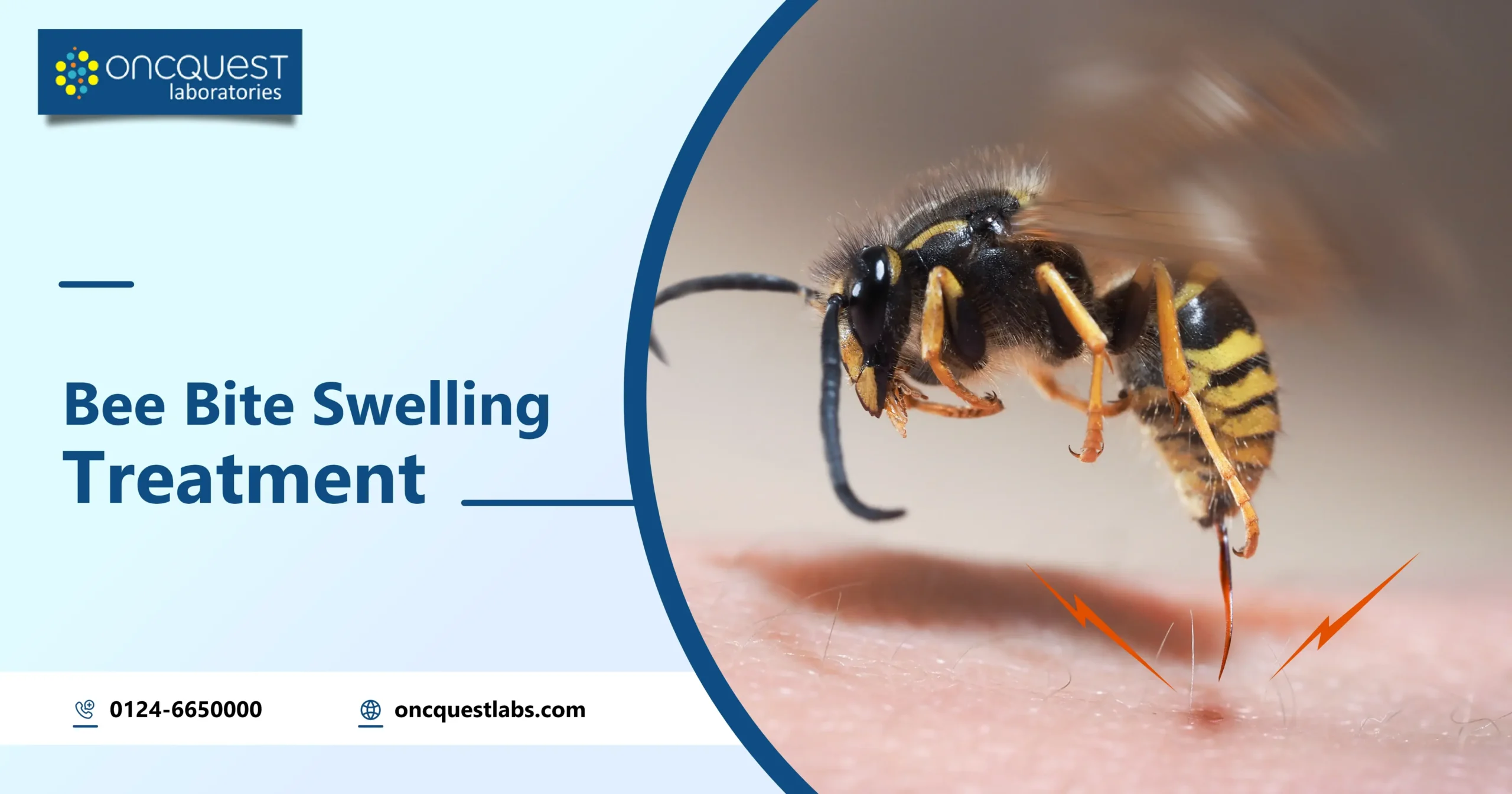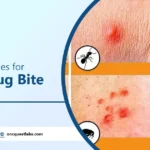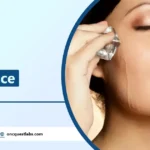Bee stings, though generally harmless for most people, can lead to discomfort and swelling. When a bee stings, it injects venom into the skin, triggering an immune response that results in pain, redness, and swelling. While bee stings are a common occurrence, it’s crucial to know how to effectively treat the swelling associated with them. This article aims to provide a comprehensive guide to bee bite swelling treatment, covering various aspects such as understanding bee stings, prevention measures, and practical remedies.
Contents
Understanding Bee Stings
Before delving into the treatment options for bee bite swelling, it’s essential to understand the nature of bee stings. Bees, both honeybees and other species, use their stingers as a means of defense. When a bee perceives a threat, it will sting to protect itself or its hive. The stinger contains venom, a mixture of proteins and peptides, which causes the pain and swelling associated with bee stings.
Bee venom can cause an immediate allergic reaction in some individuals. For those with severe allergies to bee stings, known as anaphylaxis, the reaction can be life-threatening and requires immediate medical attention. However, most people experience localized reactions that include pain, redness, and swelling around the sting site.
Prevention Measures
While bee stings are often accidental and unavoidable, there are some preventive measures that individuals can take to minimize the risk of being stung. These measures are particularly important for individuals who are allergic to bee venom.
Here are some tips to help prevent bee stings
Avoid Provoking Bees: Bees are generally non-aggressive and will only sting when they feel threatened. Avoid swatting or waving your arms around bees, as this can be perceived as a threat.
Wear Protective Clothing: If you’re in an area with a high likelihood of encountering bees, such as a garden or outdoor event, consider wearing long sleeves, long pants, and closed-toe shoes. This provides an additional layer of protection.
Use Bee Repellents: Apply insect repellents that are effective against bees if you’re spending time in areas where bees are prevalent. However, it’s essential to choose repellents that are safe for use on the skin.
Avoid Bright Colors and Floral Scents: Bees are attracted to bright colors and floral scents. Consider avoiding these when spending time outdoors, especially in areas with a high bee population.
Stay Calm if Bees are Present: If bees are in the vicinity, remain calm and move away slowly. Sudden movements or loud noises can agitate bees and increase the likelihood of being stung.
Treatment for Bee Bite Swelling: Despite taking precautions, bee stings may still occur. In such cases, prompt and appropriate treatment can help alleviate the symptoms, including swelling.
Step-by-step Guide to Treating Bee Bite Swelling
Remove the Stinger: When a bee stings, its stinger often remains lodged in the skin, continuing to release venom. Use a scraping motion with a blunt object, such as a credit card or the edge of your fingernail, to gently remove the stinger. Avoid using tweezers or pinching the stinger, as this may release more venom.
Wash the Area: Clean the affected area with soap and water to reduce the risk of infection. Be gentle to avoid further irritation.
Apply a Cold Compress: Use a cold compress or ice pack wrapped in a thin cloth to reduce swelling and numb the area. Apply it for 15-20 minutes at a time, with breaks in between to prevent frostbite.
Elevate the Area: If possible, elevate the affected limb to minimize swelling. This is particularly helpful for bee stings on the hands or feet.
Use Over-the-Counter Antihistamines: Over-the-counter antihistamines, such as cetirizine or diphenhydramine, can help alleviate itching and reduce swelling. Follow the recommended dosage instructions on the packaging.
Topical Steroids: If the swelling is significant, a doctor may prescribe a topical corticosteroid cream to reduce inflammation. This should be used under medical guidance.
Pain Relievers: Non-prescription pain relievers, such as acetaminophen or ibuprofen, can help manage pain and discomfort. Follow the recommended dosage instructions.
Avoid Scratching: Itching is a common symptom of bee stings, but scratching the affected area can worsen the swelling and increase the risk of infection. Use an over-the-counter anti-itch cream to relieve itching.
Natural Remedies for Bee Bite Swelling
In addition to conventional treatments, some natural remedies may help alleviate bee bite swelling. It’s important to note that while these remedies can be soothing, they may not replace medical treatment, especially for individuals with severe allergic reactions.
Here are some natural remedies to consider
Aloe Vera: Aloe vera gel has anti-inflammatory properties and can provide a cooling effect. Apply a small amount of aloe vera gel to the bee sting site for relief.
Calendula Cream: Calendula, or marigold, has anti-inflammatory and antimicrobial properties. Applying calendula cream to the bee sting site may help reduce swelling and promote healing.
Baking Soda Paste: Mix baking soda with water to create a paste and apply it to the bee sting. Baking soda can help neutralize the venom and reduce swelling.
Apple Cider Vinegar: Soak a cotton ball in diluted apple cider vinegar and apply it to the bee sting. The acidity of the vinegar may help reduce swelling and inflammation.
Honey: While it might seem counterintuitive, applying a small amount of honey to the bee sting can have soothing effects. Honey has natural antibacterial properties and may help with healing.
When to Seek Medical Attention?
While most bee stings can be treated at home, certain situations warrant immediate medical attention.
Seek medical help if:
- You experience difficulty breathing, chest tightness, or throat swelling, as these may indicate an allergic reaction requiring emergency intervention (anaphylaxis).
- The bee sting is near the eyes, mouth, or throat, as swelling in these areas can be particularly concerning.
- You develop signs of infection, such as increased redness, warmth, swelling, and pus at the sting site.
- The swelling persists or worsens after a day or two, despite home treatment.
Conclusion
Bee stings are a common occurrence, and while they are usually mild, it’s crucial to know how to effectively treat bee bite swelling. Understanding bee stings, taking preventive measures, and employing proper treatment techniques can help minimize discomfort and promote a quicker recovery. In cases of severe allergic reactions or persistent symptoms, seeking prompt medical attention is essential. By following the guidelines outlined in this comprehensive guide, individuals can navigate bee stings with confidence and ensure a swift recovery from associated swelling.





